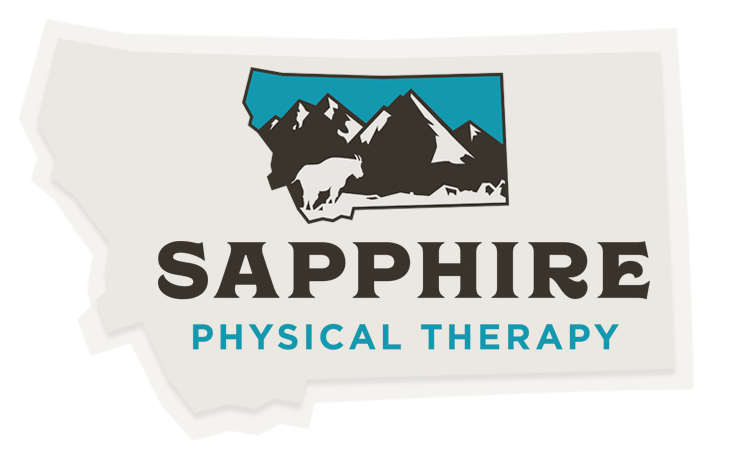Knee OA: To run or not to run?
We gravitate toward running because of many wonderful benefits. To name a few, running maintains heart/ lung/muscle/ tendon/ bone density health, and that’s just the body. Running also helps improve mood, reduces stress (boosting the immune system), and gives us a great connection to the community.
What is Knee Osteoarthritis?
What has historically created hesitation around running, is a concern about joint health. Particularly the coveted knees, and avoiding creating or progressing osteoarthritis (OA). Osteoarthritis is the most common joint disease, meaning progressive damage to the cushioning tissue (cartilage) at the end of our bones. OA can result in fluid buildup, abnormal bony growth and loosening and atrophy of muscle/ tendons. This may limit motion and cause pain. Most of us have heard someone express, “running is bad for your knees.” The trouble is this claim, while maybe said out of concern, is missing some truth.
Emerging Evidence:
The topic has been debated back and forth, but recent research in the past few years, especially some large reviews of many studies, presents a much more promising picture. Just like our muscles, tendons, and ligaments benefit from exercise and strengthening, so do the cartilage structures of our joints.
Our joints are meant to accept load and ‘lower dose’ (<57 miles/week = higher dose/intensity training) running has promise to be protective against OA (2). In a meta-analysis review by Alentorn-Geli et al. researchers filtered down to 17 studies with a total of 114, 829 people. They found only 3.5% of recreational runners had hip or knee arthritis, for both male and female runners. Individuals in the studies who were sedentary and did not run had a higher rate (10.2%) of hip or knee arthritis (1, 4). Even in people over 50 years old who have positive imaging (very normal as we age) and symptoms of OA have shown benefits to health and knee pain from ‘self-selected’ running (3). They were slower and amount of time ran was lower, but there was no progression of OA damage on joint imaging and even better, often improved pain.
Run for Your Knees
Running does not have to be ‘bad for your knees’, in fact if you are a recreational/ habitual runner, run on. Though paying attention to OA risk factors both modifiable and non-modifiable is an important consideration. One of physical therapists’ favorite modifiable risk factors is targeting muscle weakness through strength training for the muscles (BUT also the ligaments and joint structures) around the knee, hip, and even the ankle. If you are currently running or wanting to begin and are concerned about your risk of OA, discussions with a physical therapist, and possible running coach would entail investigating preventive strategies such as conditioning and cross-training, potential weight management, assessing running volume/ timing, and navigating any injury history.
Written by: Erin Williams, PT, DPT
Sources:
1. Alentorn-Geli E, Samuelsson K, Musahl V, Green CL, Bhandari M, Karlsson J. The Association of Recreational and Competitive Running With Hip and Knee Osteoarthritis: A Systematic Review and Meta-analysis. J Orthop Sports Phys Ther. 2017;47(6):373-390. doi:10.2519/jospt.2017.7137
2. Gessel T, Harrast MA. Running Dose and Risk of Developing Lower-Extremity Osteoarthritis. Curr Sports Med Rep. 2019;18(6):201-209. doi:10.1249/JSR.0000000000000602
3. Lo GH, Musa SM, Driban JB, et al. Running does not increase symptoms or structural progression in people with knee osteoarthritis: data from the osteoarthritis initiative. Clin Rheumatol. 2018;37(9):2497-2504. doi:10.1007/s10067-018-4121-3
4. Running and Osteoarthritis: Does Recreational or Competitive Running Increase the Risk?. J Orthop Sports Phys Ther. 2017;47(6):391. doi:10.2519/jospt.2017.0505



